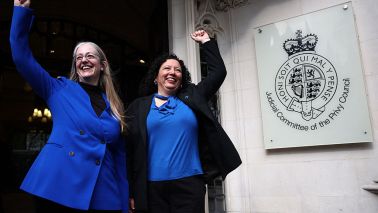Right until the end of his life, Euan Uglow remained one of the most elusive English painters. An intensely private man, known only to a small circle of devoted artists, critics, models, collectors and former students, he disliked promotional exposure and the celebrity cult. His reputation has always been high, but it was largely confined to those familiar with his work from group exhibitions or visits to his studio. Uglow saw no reason to submit himself to the public gaze. Utterly absorbed in his own work, he thrived on solitude and the quiet life.
But interest in his achievement keeps on growing. Now that figurative painting is no longer regarded as a hopelessly obsolete pursuit, his steadfast commitment to working from life is arousing a great deal of renewed curiosity. We want to see the images he produced, and find out more about them. Because Uglow is in a direct line of descent from William Coldstream, his teacher at the Slade, we used to imagine that he could be easily placed and summarised. After all, he never lost his fascination with a patient, methodical scrutiny of the posed female nude. He pursued it with the zeal of a surgeon who knows precisely how to handle the human body with the right amount of judicious, clinical prowess.
That is why two London exhibitions of Uglow’s work prove so rewarding. The show at Marlborough Fine Art, comprising a rich array of paintings and drawings from the artist’s estate, is like a mini-retrospective. Commencing with a small early nude study, produced in 1949 when Uglow was only 17, it reaches a mesmerising conclusion with his substantial canvas of a seated nude painted just before he died in 2000. Both images are of women, and the singleminded consistency of vision straddling half a century is abundantly clear.







Comments
Join the debate for just £1 a month
Be part of the conversation with other Spectator readers by getting your first three months for £3.
UNLOCK ACCESS Just £1 a monthAlready a subscriber? Log in